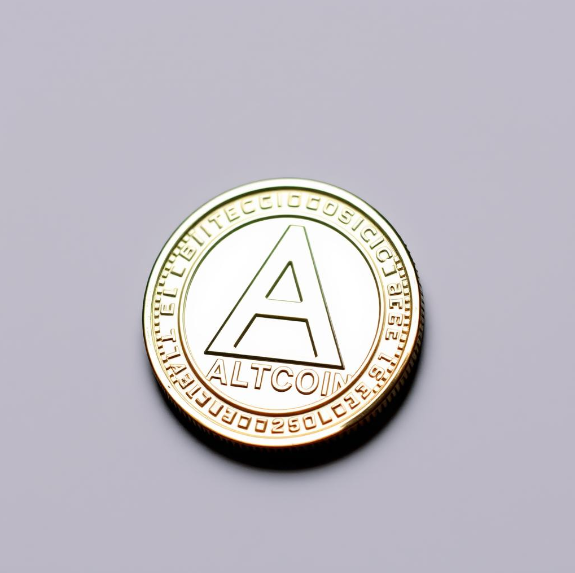Master the Fundamentals of Blockchain with Essential Guides
Unlock the foundational knowledge needed to understand blockchain technology with our beginner-friendly guides. These resources break down how blockchain works, its revolutionary potential, and the essential concepts you need to know to engage with the blockchain world.
Blockchain Basics Overview
-
Introduction: Embark on a journey to understand blockchain technology, the backbone of cryptocurrency and numerous other decentralized applications. Blockchain basics are foundational concepts that introduce how data is securely managed, stored, and shared across a decentralized network of computers.
-
Definition: Blockchain is a distributed ledger technology that records data in a secure, immutable, and transparent manner across multiple nodes. Each “block” contains a group of transactions, and these blocks are linked in a “chain” using cryptography. This technology eliminates the need for intermediaries, creating trust through transparency and consensus mechanisms.
-
Role in the Digital Ecosystem: Blockchain plays a critical role in the digital ecosystem by enabling secure, decentralized transactions across various industries. From finance and supply chains to healthcare and digital identity, blockchain helps reduce fraud, ensures data integrity, and increases efficiency in areas where trust and transparency are essential.
-
Types of Blockchains: Blockchain networks come in various forms, such as public blockchains (e.g., Bitcoin and Ethereum), which are open to all users; private blockchains, which are restricted to specific users within an organization; and consortium blockchains, which are collaborative networks managed by a group of entities. Each type serves different needs and use cases, allowing industries to choose a model that aligns with their goals.
-
Real-World Applications: Blockchain is transforming numerous industries. For instance, in supply chain management, companies like IBM use blockchain to track products from origin to delivery, increasing transparency and reducing counterfeiting. In finance, DeFi (Decentralized Finance) applications like Uniswap leverage blockchain to enable peer-to-peer trading without the need for traditional banks. Similarly, the art world benefits from NFTs (Non-Fungible Tokens) on blockchains, which allow artists to tokenize and sell digital assets.
-
Benefits of Blockchain Technology:
- Transparency: All transactions are visible on a public ledger, increasing accountability.
- Security: Blockchain’s cryptographic structure makes it highly secure against tampering.
- Decentralization: Transactions are validated by multiple nodes, removing the need for centralized control.
- Efficiency: Smart contracts automate processes, reducing the need for intermediaries.
Blockchain Basics FAQ
-
How does blockchain operate?
- Blockchain operates as a decentralized ledger maintained by a network of computers (nodes). Each transaction is grouped into a block and added to the chain only after validation by network consensus, creating a permanent, secure record.
-
What are the advantages of using blockchain technology?
- Blockchain offers increased security, transparency, and reliability. Its decentralized nature minimizes the risk of fraud and data manipulation, and it enables efficient peer-to-peer transactions without third-party intermediaries.
-
What considerations and risks should users be aware of with blockchain technology?
- Users should consider the environmental impact of proof-of-work networks, potential regulatory hurdles, and the irreversibility of blockchain transactions. Additionally, private keys are essential for accessing assets on the blockchain, so proper storage and security are crucial to avoid loss of funds.
-
Why opt for blockchain solutions over traditional centralized systems?
- Blockchain solutions offer greater transparency, reduce the need for intermediaries, and enable a level of security that is difficult to achieve with centralized systems. For industries like finance and supply chain, blockchain offers streamlined operations and reduced costs, enhancing trust and efficiency.
-
How can users maximize their understanding of blockchain basics?
- Users can maximize their understanding by engaging with practical resources such as tutorials on setting up a wallet, reading whitepapers of major blockchain projects, or using blockchain explorers like Etherscan to view real transactions and blocks. This hands-on experience provides valuable insights into how blockchain functions in the real world.






